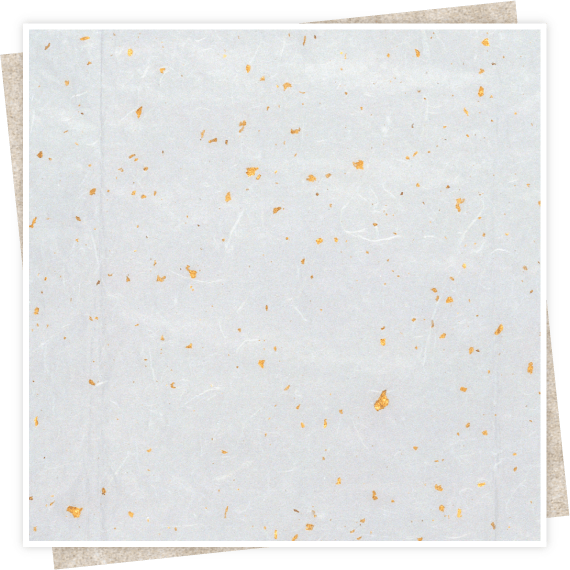
Mino Japanese Paper and Honno Paper

Mino Washi refers to all types of Washi made in present-day in Gifu Prefecture, including the one made by traditional methods but also the machine washed Washi.
Among the Mino Washi papers, only Washi made by certain craftsman (recognized using the designated materials and tools for the technology of producing Washi) can be called honno paper, or Hon-MINO paper. Back in the Edo period, it was regarded as the finest shoji paper, and was highly requested because of its elegant colors and beauty, while thin but strong and sunshine-like paper, at the same time.
In the long history of Mino Japanese Paper, the traditional technique is inherited and in 1954 it was recognized as an important cultural property of the country.
In 2014, Japanese hand-made Washi paper technology (Sekishu paper, Hon-Mino paper, Hosokawa paper) was registered with UNESCO cultural heritage (representative chart of human cultural heritage) and it became worldwide acknowledged.

Mino Honno Paper
It refers to a very high quality paper, that is made and polished according to Mino`s traditional recipe and traditional tools. Mino paper has been widely distributed since the Edo period, for printing and shoji.
However, it was imitated in various places starting from the Meiji period, and even Mino began to make a lower quality paper for mass production, which made Mino City Preservation Association to organize for protecting the original Mino paper. Aiming to use just pure rice raw materials and traditional techniques, now it is recognized as an important technology holder and it is widely distributed as Shoji Paper. Therefore even it is not produced in Mino, it may be sometimes written as Mino Japanese Paper as Shoji Paper.



